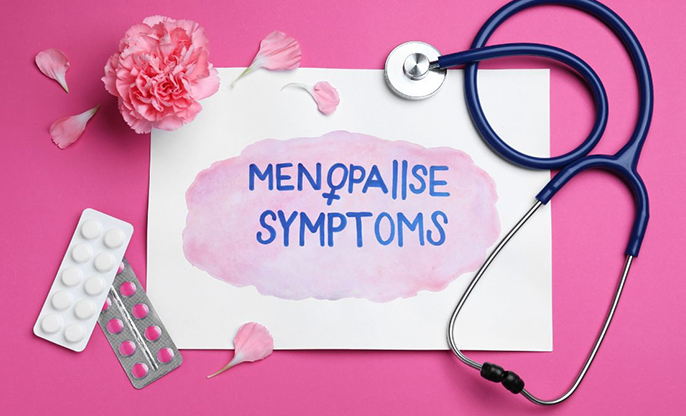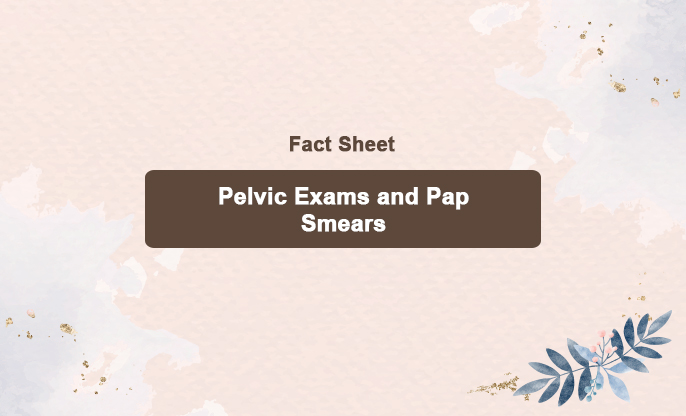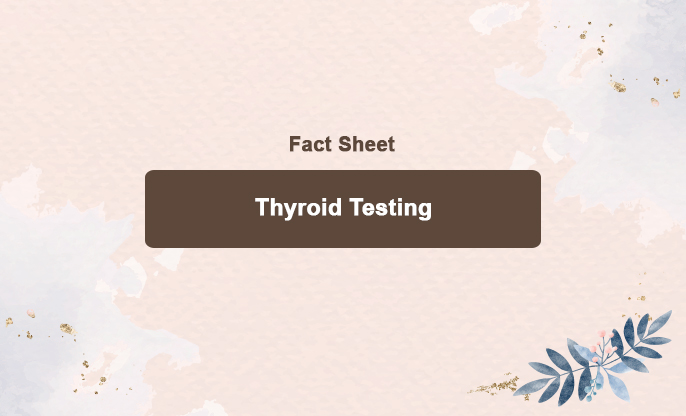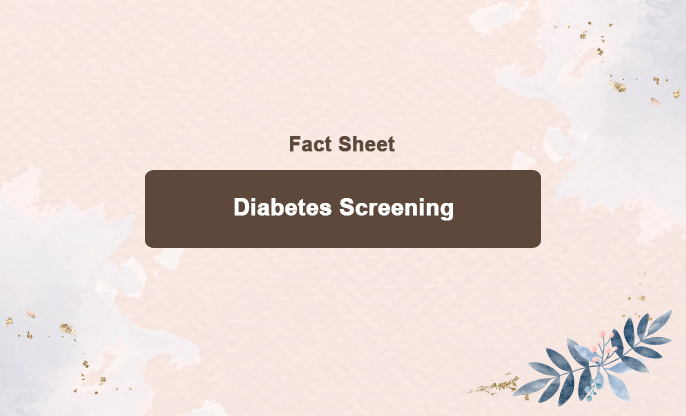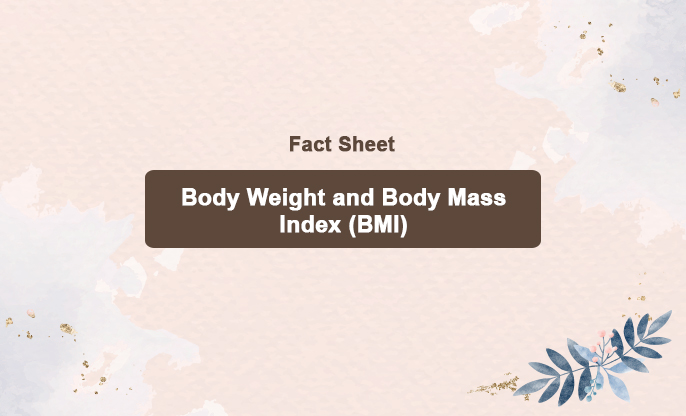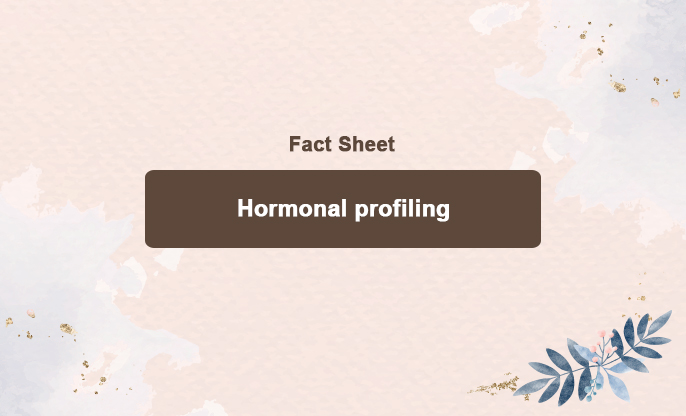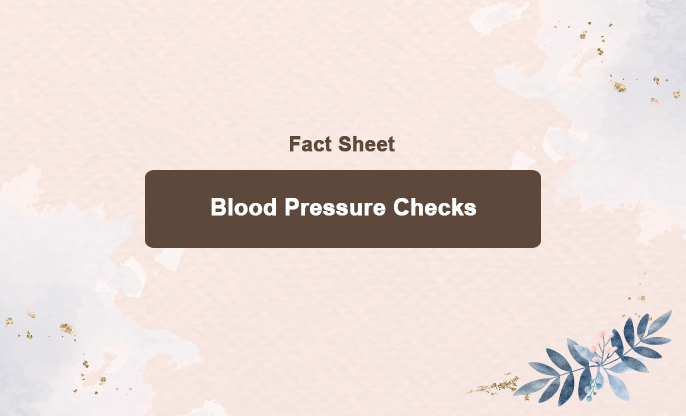
What is this test?
Regular blood pressure checks are crucial for maintaining cardiovascular health and detecting hypertension (high blood pressure) early, reducing the risk of cardiovascular diseases.
How is it done?
Blood pressure checks can be done using a sphygmomanometer and stethoscope or an automatic blood pressure monitor.
Is this routine or specific?
Routine Blood Pressure Checks
General Population:
Adults: It is recommended that adults have their blood pressure checked at least once every two years starting at age 18. More frequent checks may be needed based on age and health status.
Older Adults: People aged 40 and above should have their blood pressure checked annually due to the increased risk of hypertension with age.
Children and Adolescents: Blood pressure checks should start during routine pediatric visits from age 3 onwards.
Specific Blood Pressure Checks
High-Risk Individuals:
Chronic Conditions: People with chronic conditions such as diabetes, kidney disease, or cardiovascular disease should have their blood pressure checked more frequently, often at every healthcare visit.
Obesity: Individuals who are overweight or obese should have regular blood pressure checks due to the higher risk of hypertension.
Family History: Those with a family history of hypertension or heart disease may need more frequent monitoring.
When should it be done?
General Population:
Adults (18-39 years):
Normal Blood Pressure: At least once every 2 years if your blood pressure is less than 120/80 mm Hg.
Elevated Blood Pressure or Risk Factors: At least once a year.
Adults (40 years and older):
Normal Blood Pressure: At least once a year, as the risk of hypertension increases with age.
Elevated Blood Pressure or Risk Factors: More frequent checks, as recommended by a healthcare provider.
High-Risk Individuals:
Chronic Conditions (e.g., diabetes, kidney disease, cardiovascular disease):
Frequency: At every healthcare visit or as recommended by a healthcare provider.
Obesity or Overweight:
Frequency: At least annually or more frequently based on healthcare provider advice.
Family History of Hypertension or Heart Disease:
Frequency: At least annually, even if blood pressure is currently normal.
Individuals with Diagnosed Hypertension:
Newly Diagnosed or Uncontrolled Hypertension:
Frequency: Monthly or more frequently until blood pressure is under control.
Controlled Hypertension:
Frequency: Every 3-6 months, depending on individual circumstances and healthcare provider recommendations.
Pregnant Women:
Prenatal Visits:
Frequency: At every prenatal visit to monitor for gestational hypertension and preeclampsia.
Children and Adolescents:
Routine Pediatric Visits:
Frequency: At least once a year during regular health check-ups, starting at age 3.
Special Situations:
New Symptoms (e.g., headaches, dizziness, chest pain, shortness of breath):
Frequency: Immediate check and follow-up as advised by a healthcare provider.
Medication Changes:
Frequency: More frequent monitoring when starting, stopping, or changing blood pressure medications to ensure the effectiveness of treatment.
Self-Monitoring:
At Home:
Frequency: Daily or several times a week for individuals with hypertension or those advised by their healthcare provider. This helps to provide a comprehensive picture of blood pressure trends over time.
What do the results indicate or eliminate?
Normal: Less than 120/80 mm Hg
Elevated: 120-129/<80 mm Hg
Hypertension Stage 1: 130-139/80-89 mm Hg
Hypertension Stage 2: 140/90 mm Hg or higher
Hypertensive Crisis: Higher than 180/120 mm Hg (Seek immediate medical attention)








